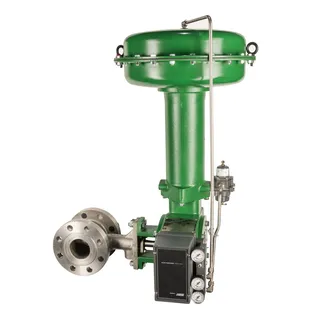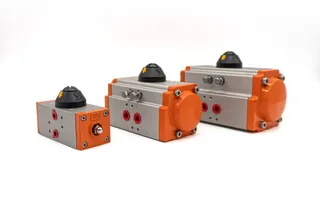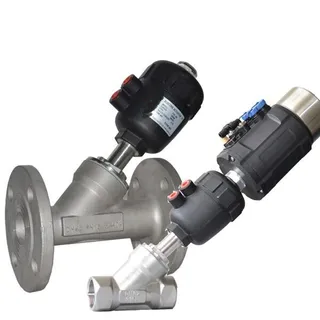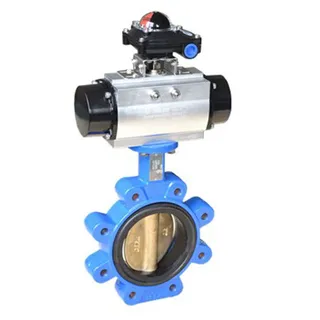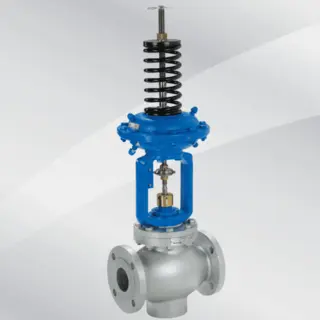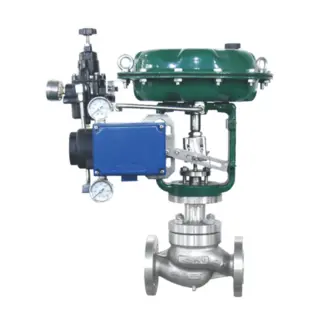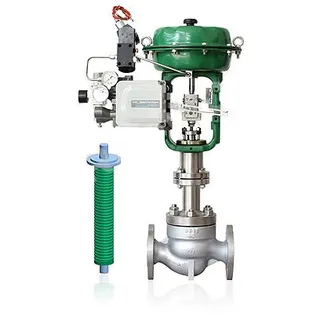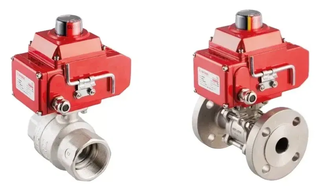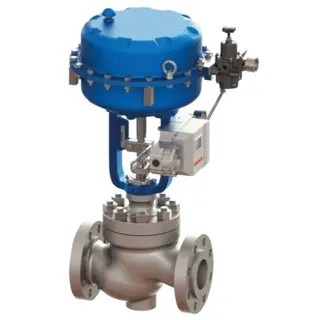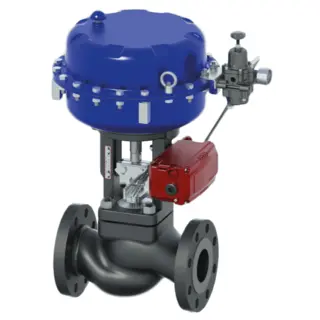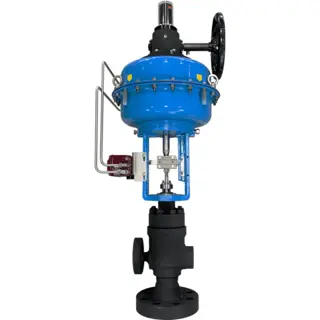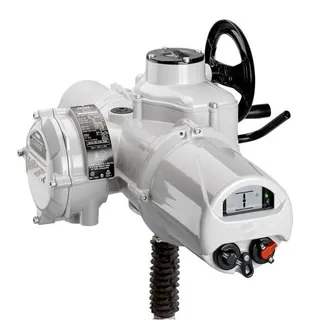Working Principle of Eccentric Plug Control Valves: Design, Functionality, and Applications
Introduction Control valves are essential components in industrial fluid systems, ensuring precise regulation of flow rates, pressure, and direction. Among the various types of control valves, the eccentric plug control valve stands out due to its unique design and superior performance in handling challenging media such as slurries, viscous liquids, and abrasive fluids. This article explores the working principle, key features, applications, and performance advantages of eccentric plug control valves,...

